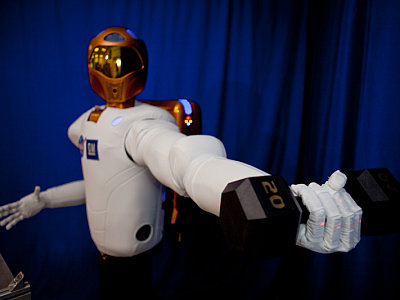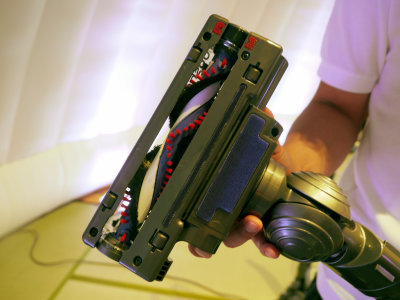15 surprising personal items invented by NASA such as memory foam cushions and mouse for PC

by
The National Aeronautics and Space Administration (NASA), which leads the world's space development, has diverted more than 2000 technologies and products to consumer products, including familiar items. Among the technologies invented by NASA, partnered with and funded by NASA, especially cool ones are summarized in 15 points by American media Lifehacker, which introduces living and work techniques.
15 of NASA's Coolest Inventions That Regular People Use
https://lifehacker.com/15-of-nasas-coolest-inventions-that-regular-people-use-1849559944
◆1: low-resilience material
Pillows, mattresses, sofas, etc. use low-resilience materials that are soft and have a unique elasticity. Sometimes marketed as 'Tempur' or 'Temperfoam,' these materials were developed by NASA-funded aeronautical engineer Charles A. Yost as a shock-absorbing sheet for test pilots. Thing.
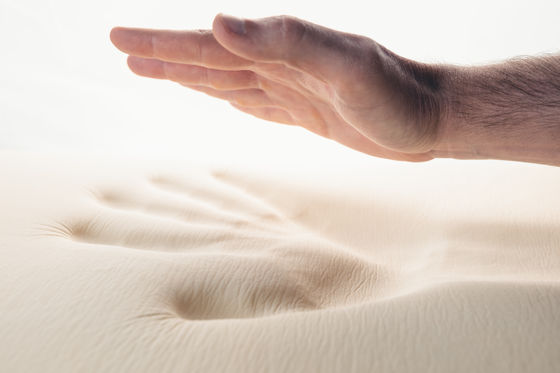
◆ 2: Early model mouse
In recent years, most mice use optical sensors to detect mouse movement, but early mice used metal wheels to detect up, down, left, and right movements. This mouse was born from research on computer interactive input devices funded by NASA in the early 1960s by inventor Douglas Engelbart, who belonged to the research institute at Stanford University at the time. Mr. Engelbart, who was recognized by NASA for mouse development, then moved to Xerox to further develop the mouse.
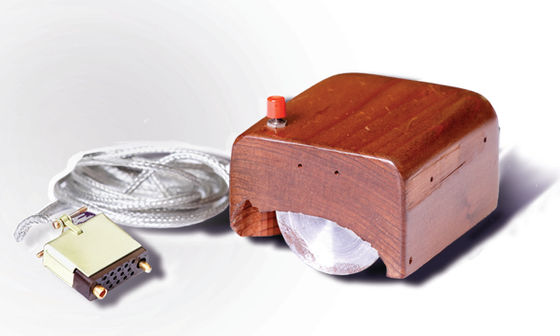
by SRI International
◆3: Infrared thermometer
The infrared thermometer, which was also active in the pandemic of the new coronavirus infectious disease, was originally developed by NASA as a device to measure the temperature of celestial bodies beyond the universe.
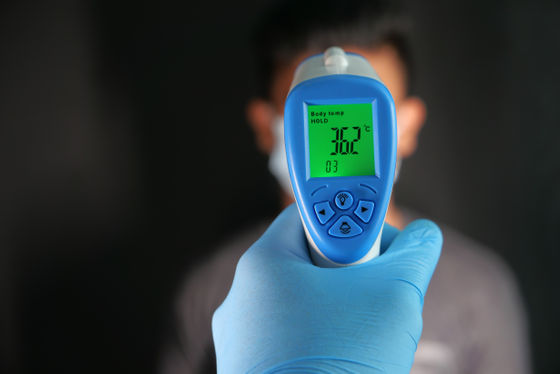
◆ 4: High performance swim suit
Swimsuits worn by ordinary people for leisure are not made by NASA, but
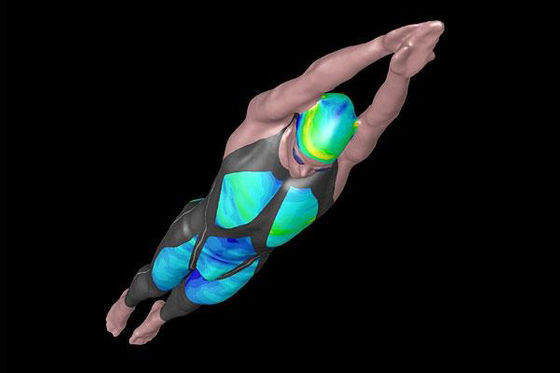
◆ 5: Camera such as smartphone
The first person who used the technology called CMOS , which is used in image sensors such as digital cameras, for cameras was a person named Eric Fossum, who was a staff member at NASA's Jet Propulsion Laboratory, and the purpose was to make it cheaper and more efficient. It was to create an effective and excellent camera dedicated to space. As soon as this technology became a reality, it was licensed to camera companies and spread all over the world.

by
◆ 6: Self-driving car
A sensing technology called the LiDAR system is used in the automatic driving car of the automaker GM, which is invented by the Quantum Science and Technology Group of NASA 'whispering gallery mode optical resonator (whispering gallery mode optical resonator) ” is realized by the optical resonator . In addition, the whispering gallery is also called a whispering corridor in Japanese, and it is said that it is due to this phenomenon that distant whispers can be heard well when in a beautiful circular building.
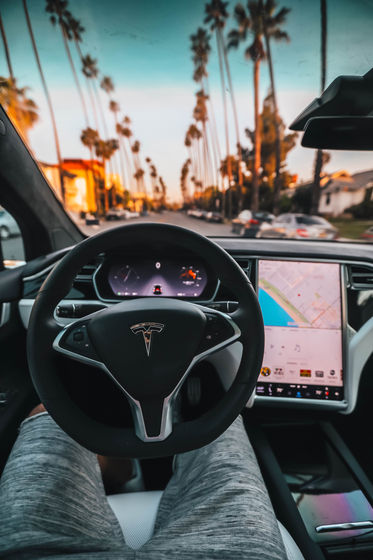
◆ 7: Various games and movies
In retro games, there is a
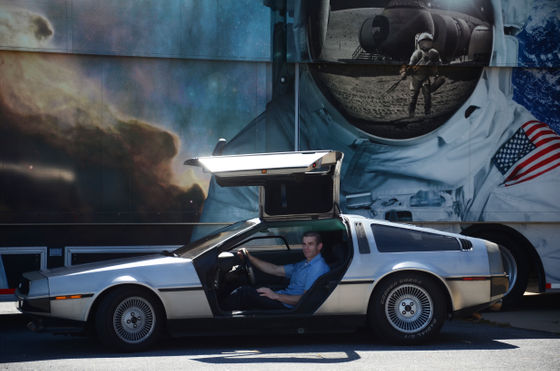
by
◆8: LASIK surgery
In the mid-2000s, NASA conducted experiments on the International Space Station to see how weightlessness affects human eye movements. The eye tracking technology developed for this experiment is also used by people on earth as LASIK surgery to correct vision with a laser.
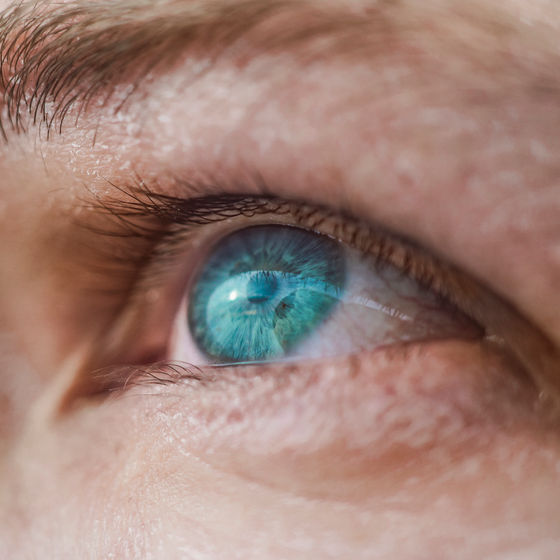
◆ 9: Scratch-resistant lens
In order to protect the display of precision equipment, NASA has realized a technology that makes it 10 times more scratch-resistant than before by coating it with a material called

10: Air traffic control system
In 2021, NASA and the Federal Aviation Administration of the United States

11: Slippery road
NASA is doing a process called
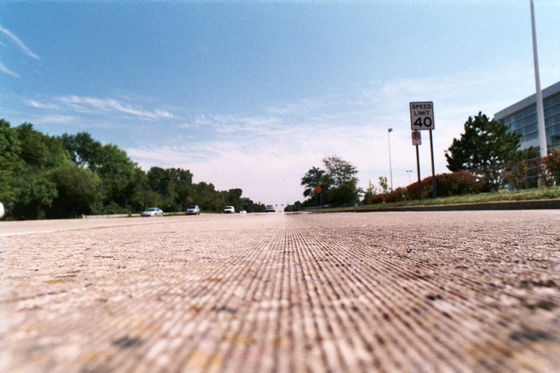
by John Roberts
◆ 12: Emergency foil blanket
The foil blankets in first-aid kits and emergency bags are made of aluminum vapor-deposited on thin plastic, and were developed by NASA in 1964 as insulation for space telescopes. It helps keep you warm, so it's also used as winter clothing given to runners who have finished running a marathon.

◆ 13: Nike Air
Two NASA innovations are packed into this Nike sneaker that absorbs shock with a durable bag in the sole. One of them is a hard,
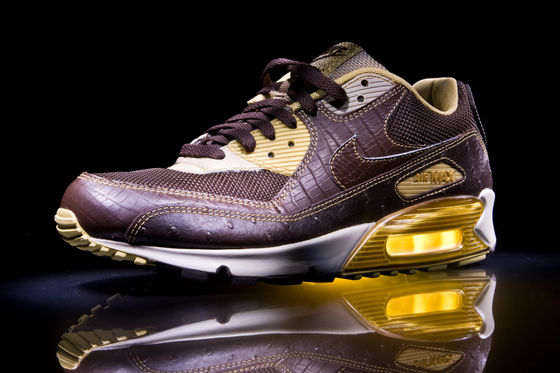
by
◆ 14: Nutritious powdered milk
While researching nutritional diets for future Mars exploration, NASA scientists succeeded in extracting omega-3 fatty acids from algae, which were previously found only in breast milk. Since then, this nutrient has been added to most formulas.
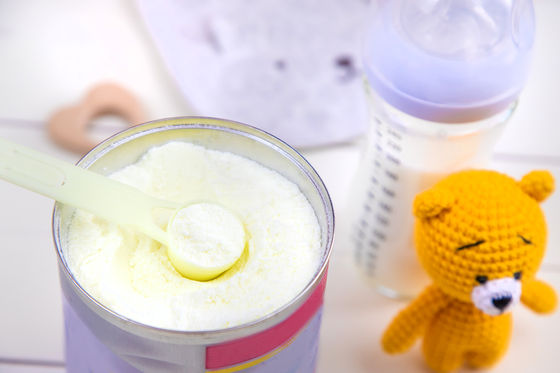
15: Cordless vacuum cleaner
A handy type vacuum cleaner that can be used in places where it is difficult to bring a vacuum cleaner, such as inside a car, is based on an electric tool that can be used in zero gravity or low gravity, jointly developed by NASA with a tool manufacturer in the 1960s. .
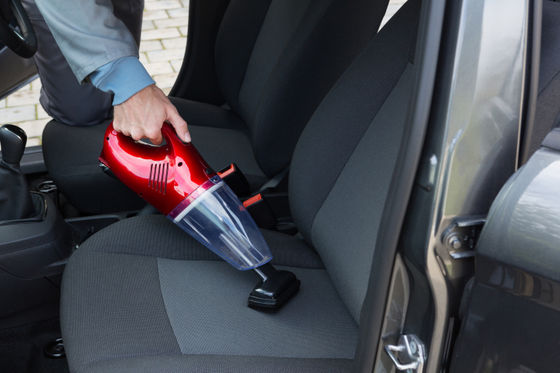
Related Posts:
in Note, Posted by log1l_ks


